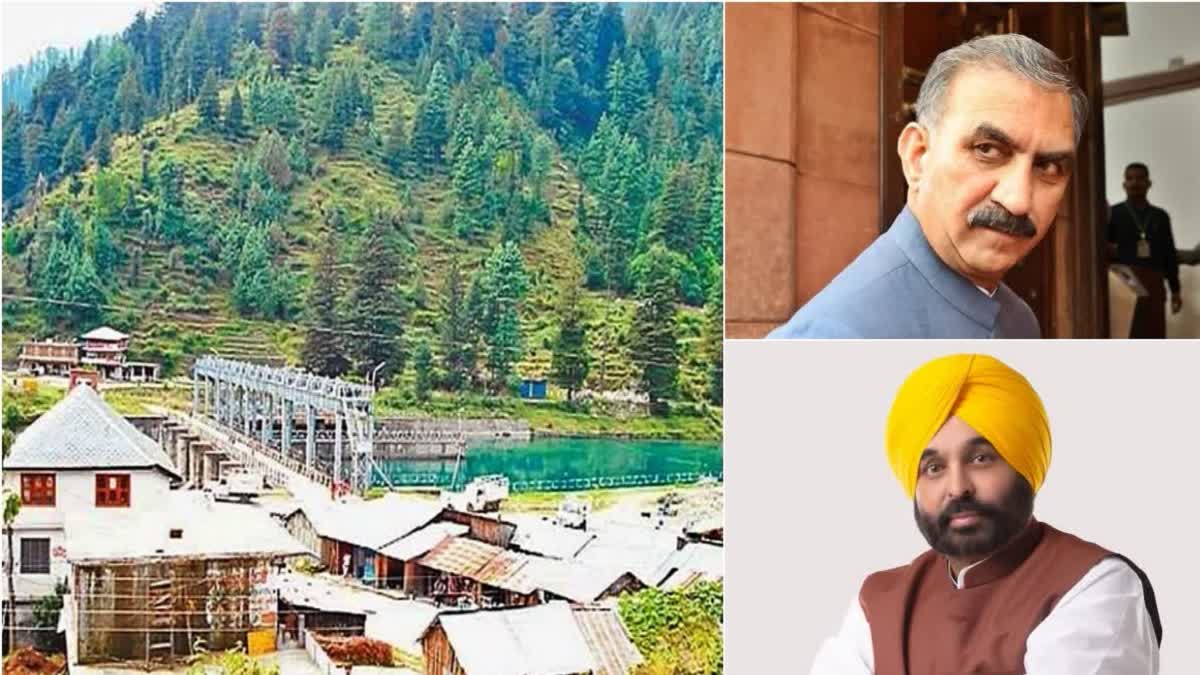Shimla: Himachal Pradesh is battling to regain control of the profitable Shanan Power Project, which Punjab has controlled since 1925. The conflict has been simmering for over a century. The 99-year lease expired in March 2024, setting the groundwork for a Supreme Court battle between the two states. ETV Bharat examines the implications of this dispute for the two states and the country as a whole.
Lease Agreement Of 1925
In 1925, during British rule, an agreement was signed between the King of Mandi and the then-British government. This project was on a 99-year lease, and Punjab used to operate it, but it expired in March 2024. The Himachal government has approached the Supreme Court to get its rights over the project.
Punjab and the neighbouring state of Haryana have requested the court to hear their side in the dispute. Haryana argues that it has also been a part of the Punjab Reorganisation Act. In such a situation, it also becomes an important party and should be heard. The apex court will likely hear the case in the first fortnight of January 2025.
Himachal CM Sukhwinder Singh Sukhu has already presented his side in the court and also met former Haryana CM and current Union Energy Minister Manohar Lal Khattar, who assured him that the Centre would remain neutral in the dispute.
More About 99-Year-Old Pact
The Shanan project established in Joginder Nagar of Mandi district is pre-independence. During British rule, Raja Jogendra Sen of the princely state of Mandi had provided land for the Shanan powerhouse. According to the agreement made in 1925, the lease period was fixed for 99 years, and after the completion, this powerhouse was to be given to the government of that land (land under the Mandi princely state) where it was established.
When the country became independent in 1947, Himachal Pradesh was a part of Punjab and got separated on April 1, 1948, but was given statehood in 1971. At that time, during the Punjab Reorganisation Act, the Shanan Power House remained under the ownership of the Punjab Government and was transferred to it only for management.
The Shanan Power House established on the Uhal River had a capacity of only 48 MW in the year 1932. Later, the Punjab Electricity Board increased its production capacity. Fifty years after the power plant was started, in 1982, the project became capable of producing 60 MW of power. Now its capacity has been increased by an additional 50 MW, and now it is a total project of 110 MW.
Notice To Punjab In September 2023
Since the Punjab government did not want to let go of this lucrative project after the lease period was over, it went to the Supreme Court in this matter. The Punjab government filed a petition to keep the project in its ownership. Following this, the Himachal government also applied and questioned the maintainability of the petition of the Punjab government, prompting the SC to issue a notice to the Punjab government in September 2023.
